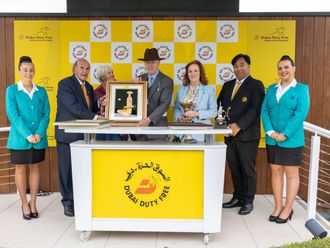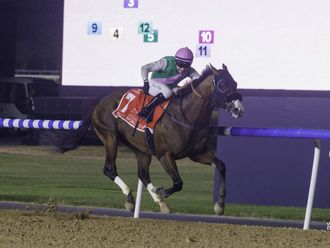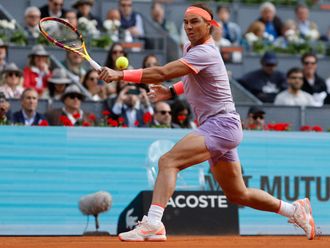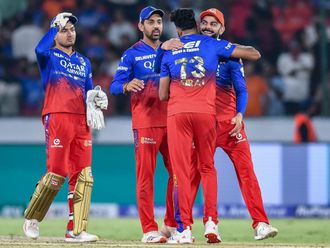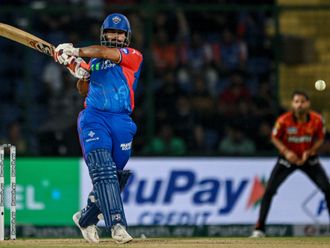Racing surfaces are known to favour different horses and trainers with distinguished styles of training. Surfaces even define the style by which a jockey chooses to ride his horse.
It may be argued that a top jockey, or trainer, possesses that unique ability to transform his horse into anything that he wants it to be given the surface. He will want it to adapt quickly, easily and successfully in order to perform proficiently.
When in 2014 Meydan Racecourse replaced the Tapeta racing surface with a conventional dirt track, one could almost here a collective sigh of relief from most of the professionals who ply their trade in the UAE.
Of the three recognised surfaces — turf, dirt and synthetic — the all-weather was perhaps the least liked among trainers and jockeys. Why?
Synthetic, all-weather tracks have for long been used for training purposes, but they have not really gained popularity when it comes to the racing itself.
These surfaces were principally designed with an aim to lessen the number of race meetings cancelled due to bad weather, although some manufactures promoted them as safer tracks which drastically cut down on injuries to horses, a theory that has not persuaded the jury.
When Meydan opted to return to a dirt surface, it signalled a major change in thinking which had a global impact.
Most trainers will tell you that horses move better on dirt and display a more consistent running style, much like tennis players do on popular and common surfaces.
Horses grew up on turf essentially, were trained on dirt and as a result became more familiar with how to run on it. Like turf tracks, dirt surfaces usually reward big striding horses and don’t necessarily give one dirt horse an advantage over another. That is why we see a lot more closer finishes on the surface.
One trainer to have reaped the rewards of the return to dirt has been Doug Watson, who has seen more changes take place in the UAE racing than most of us. Having cut his teeth working with trainers who specialise on dirt tracks in his native America, Watson was over the moon when Meydan brought back the conventional surface last season. The results began to show and there were smiles all around his stable hands.
The best example of how much the dirt meant to him is reflected in the success his stable is currently enjoying. He was never able to string together sequences of wins on the all-weather but his horses have been in fine fettle on the dirt.
The UAE has a wide variety of racing surfaces, Jebel Ali with its steep British style finish, Sharjah with it sharp left handed track, while Al Ain boasts a surface similar to that at Meydan. Abu Dhabi has its signature turf track.
But it is the dirt track at Meydan that has greatly impacted UAE racing by opening up more doors to international horses whose targets are the rich purses at the Dubai World Cup Carnival and beyond.
Watson has his eyes on some of these prizes and with Musabah Al Muhairi, Ali Rashid Al Raihe, Satish Seemar and Eric Lemartinell, to name a few, also in close attendance, we can look forward to some competitive racing at Meydan in the months to come.



